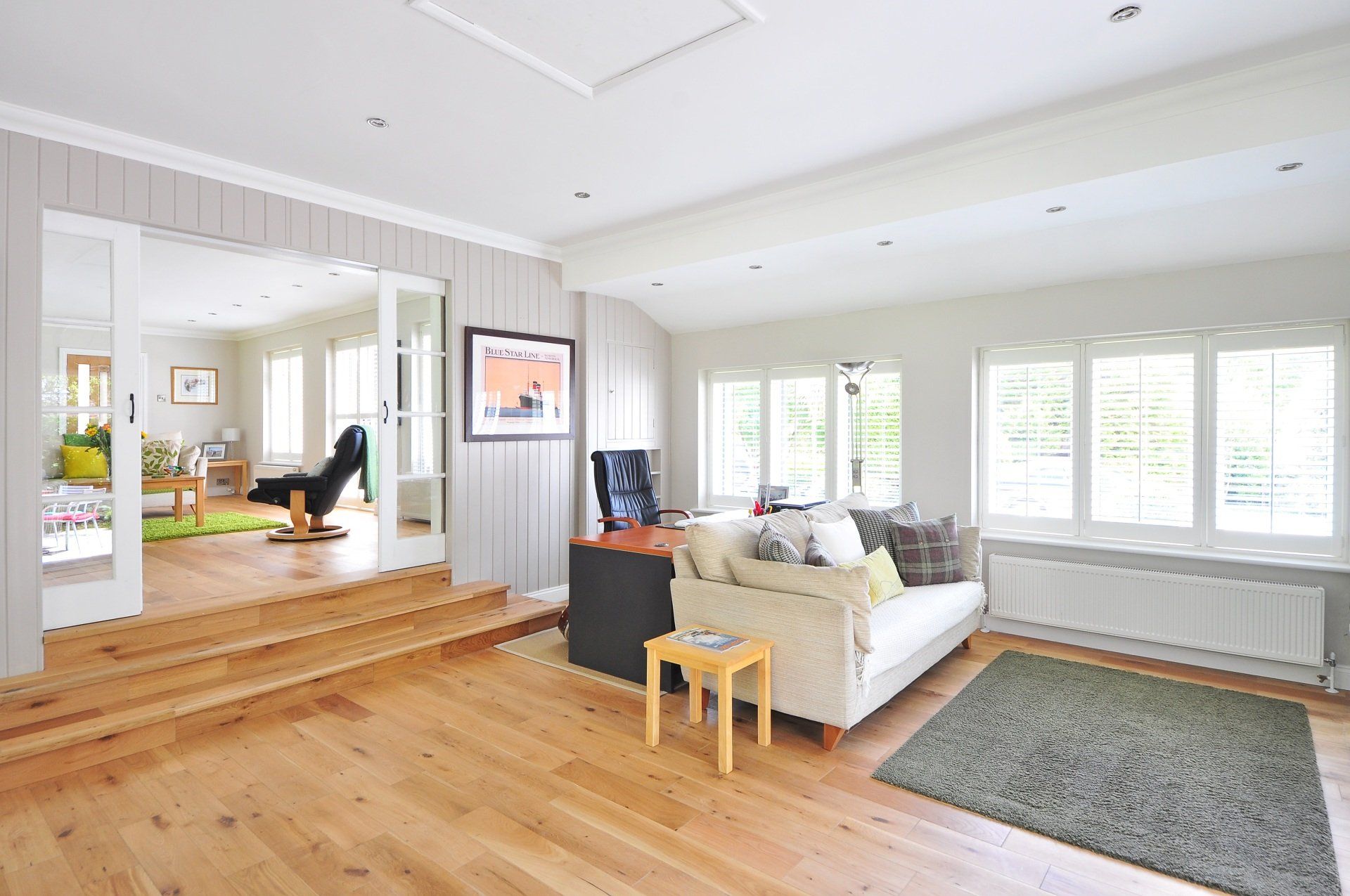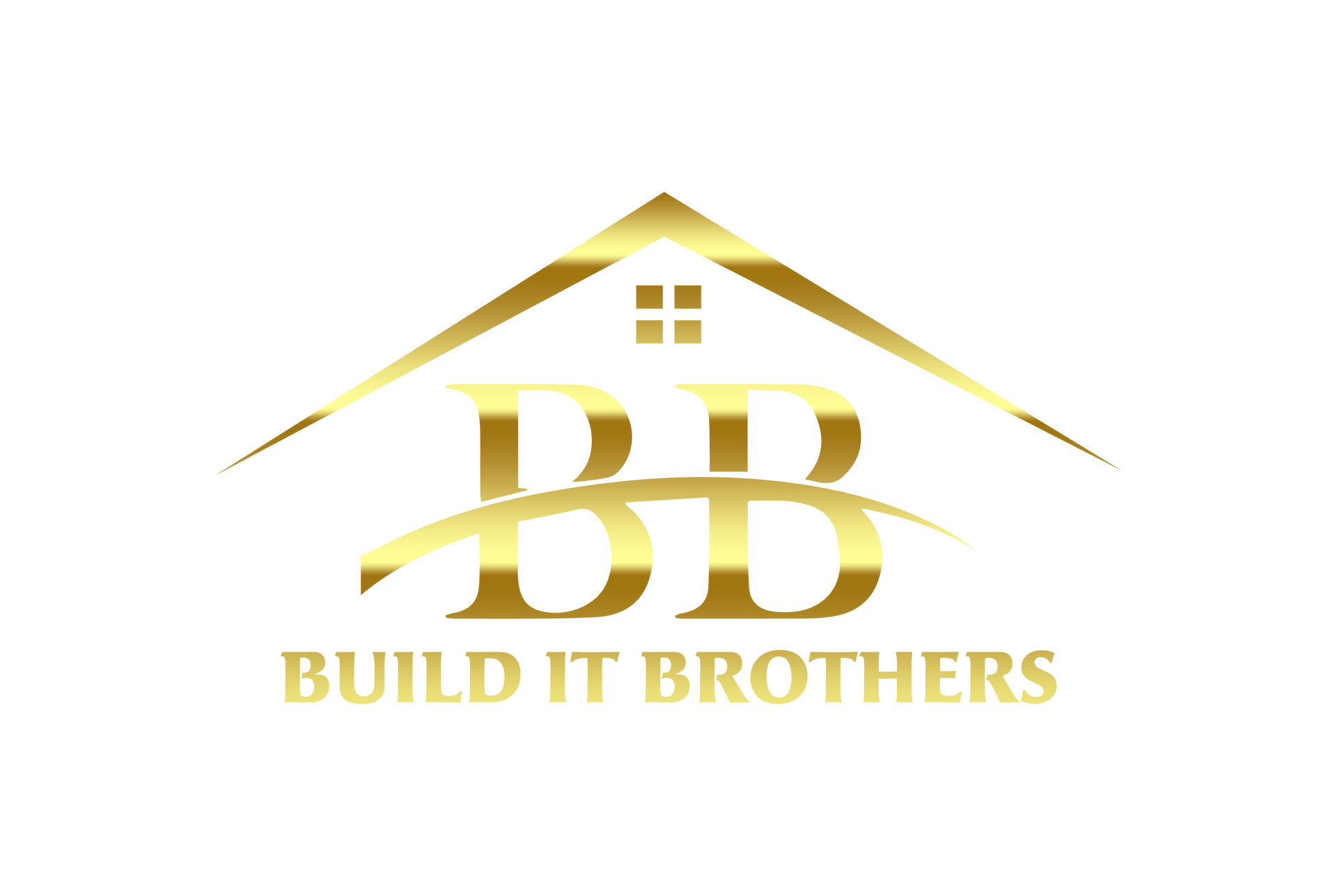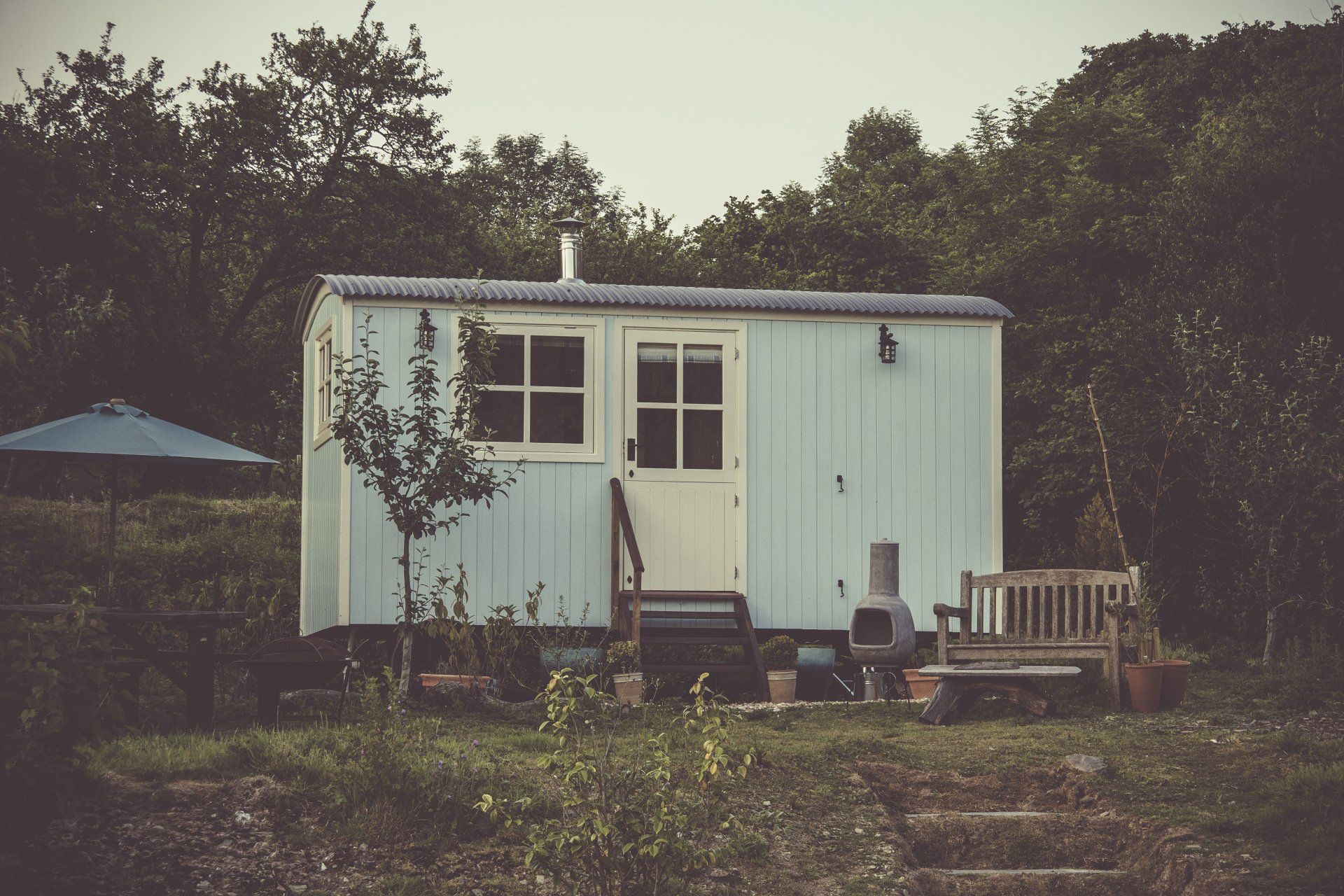Flooring: Is Engineered Wood Better Than Solid Wood?
Read below to discover the benefits of engineered hardwood flooring!

Flooring: Is Engineered Wood Better than Solid Wood?
Engineered wood is a popular choice for flooring and other applications because it has many advantages over solid wood. Engineered wood is made from multiple layers of solid wood and other materials, like plywood or MDF (Medium Density Fiberboard). This makes it more stable than solid wood, which tends to warp when moisture gets in the way. Engineered wood floors are easier to install than solid wood floors because they're lighter weight, making them easier to move around and snap together quickly during installation. They're also more dimensionally stable than solid woods like oak and maple because they have fewer knots in them—which means that your floor won't wobble around like an unsteady toddler when you walk on it!
How are Engineered Woods Made?
Engineered wood is made from multiple layers of solid wood and other materials. It may be made with a single layer, or multiple layers—a combination that makes the material stronger and more stable than solid wood. Engineered boards are finished on all sides, making them suitable for both interior and exterior applications.
Why Should You Choose Engineered Wood?
These 4 reasons should explain why you should choose engineered wood!
Cost Effective
Compared to solid wood, engineered wood is a cost-effective alternative. Engineered wood products are made using high-quality real wood veneers that are glued together to form a top layer of the product. The bottom layer can be made from plywood or MDF (Medium Density Fiberboard) which is strong and durable. This combination offers buyers many benefits over solid hardwoods such as reduced weight, ease of installation, and less material wastage during construction.
When compared to other materials such as glass and concrete, engineered woods offer better performance at lower costs since they are lighter weight than other materials while still being able to perform the same functions.
Better resistance to moisture
When compared to solid wood, engineered wood is better at resisting moisture. This is because the pieces of the engineered board are glued together rather than simply being glued to a solid piece of plywood or particleboard. The glue that holds it together also helps to reduce warping, which is a common problem with regular solid wood.
Engineered boards are made from the same materials as typical plywood or particleboard, but they're pressed under high pressure into sheets and then cut into thinner pieces using automated machines.
Strength And Stability
Engineered wood is a multiple premium hardwood layers bonded together with glue. The layers are usually held together with glue, which gives the engineered wood strength and stability. This makes it ideal for use in flooring, furniture, and outdoor patio furniture.
When each of the layers is installed separately onsite, they can be installed as quickly as traditional solid hardwoods while providing the same beauty and durability. Engineered wood floors are available in many styles from rustic to contemporary to suit any décor need you may have at home or in your business establishment whether it be an office building or hotel lobby area where you want to create an elegant look that will impress guests with their unique style choices when shopping around town!
Environmentally Friendly
Engineered wood is an environmentally friendly product. It is made from recycled wood and other materials, thus saving trees that would otherwise be cut down.
Engineered wood is also a renewable resource since it can be made from the trimmings of raw logs, waste materials, and even sawdust leftover from milling operations. This not only helps to preserve the environment but also reduces waste disposal costs for companies making use of it as well.
Benefits of Solid Wood Over Engineered Wood?
Similarly, solid wood flooring is a great choice for your home with so many benefits:
Solid wood is all natural
Solid wood is made from a single type of wood and it comes straight from the tree without any processing.
Solid timber can be more sustainable than engineered timber because there is less waste involved in making it. If you have ever seen someone cutting up trees into planks for construction purposes then you would know how much ‘waste’ there can be during this process; especially when it comes to large pieces of timber like those found in old-growth forests or massive trees that have been cut down due to environmental concerns. With solid timbers, there is no need for this type of waste as they come straight from their source without any additional processing required before they can be used by consumers who want something unique yet sturdy enough not only to withstand normal wear and tear but also last longer than cheaper alternatives available today!
Solid wood is better quality and will last longer
Solid wood is a natural material, and it’s stronger than engineered wood. It can be repaired or refinished so that it lasts much longer than other materials. Solid wood also has a higher resale value, because it’s considered to be more valuable by most people.
Solid wood can be repaired or refinished
You may want to refinish your solid wood flooring after a few years, or the floor may need to be sanded down and refinished if there are flaws in the finish or if someone has put dents into it. This is an easy task with solid wood because once it's sanded down, you can stain it again, oil it again, paint it again—whatever finish you like!
Should You Choose Solid Wood or Engineered Wood?
You can't go wrong with either! Each has its own benefits and drawbacks, so it's up to you to decide what's best for your needs.
Conclusion
So, in short, it’s a matter of personal preference and budget. If you have the money to spend on solid wood then it may be worth doing so but if not then engineered wood is a good alternative as long as you get good quality materials. Remember that when buying any flooring product, be sure to check for warranties and guarantees for any problems that may arise in the future!




